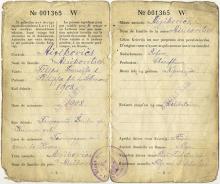Read More...
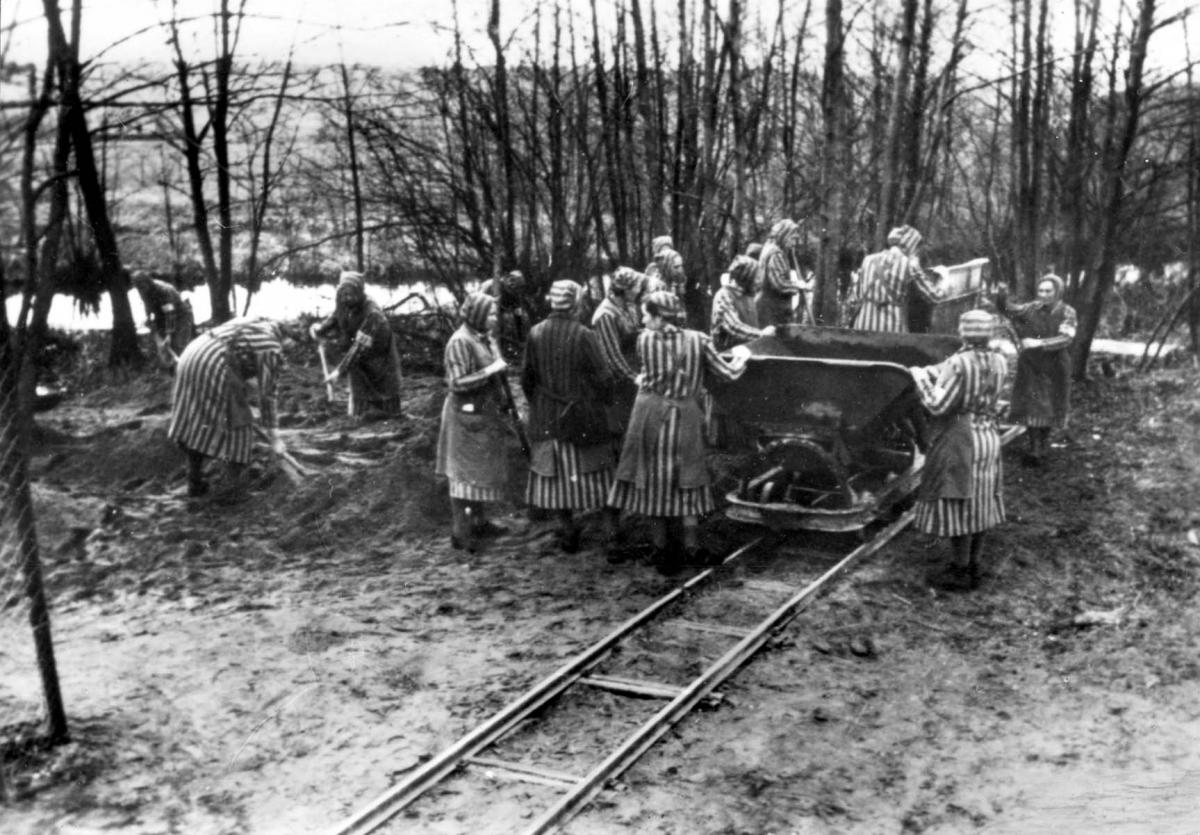
Yad Vashem Photo Archives 2777/40

Yad Vashem Photo Archives 4039/3
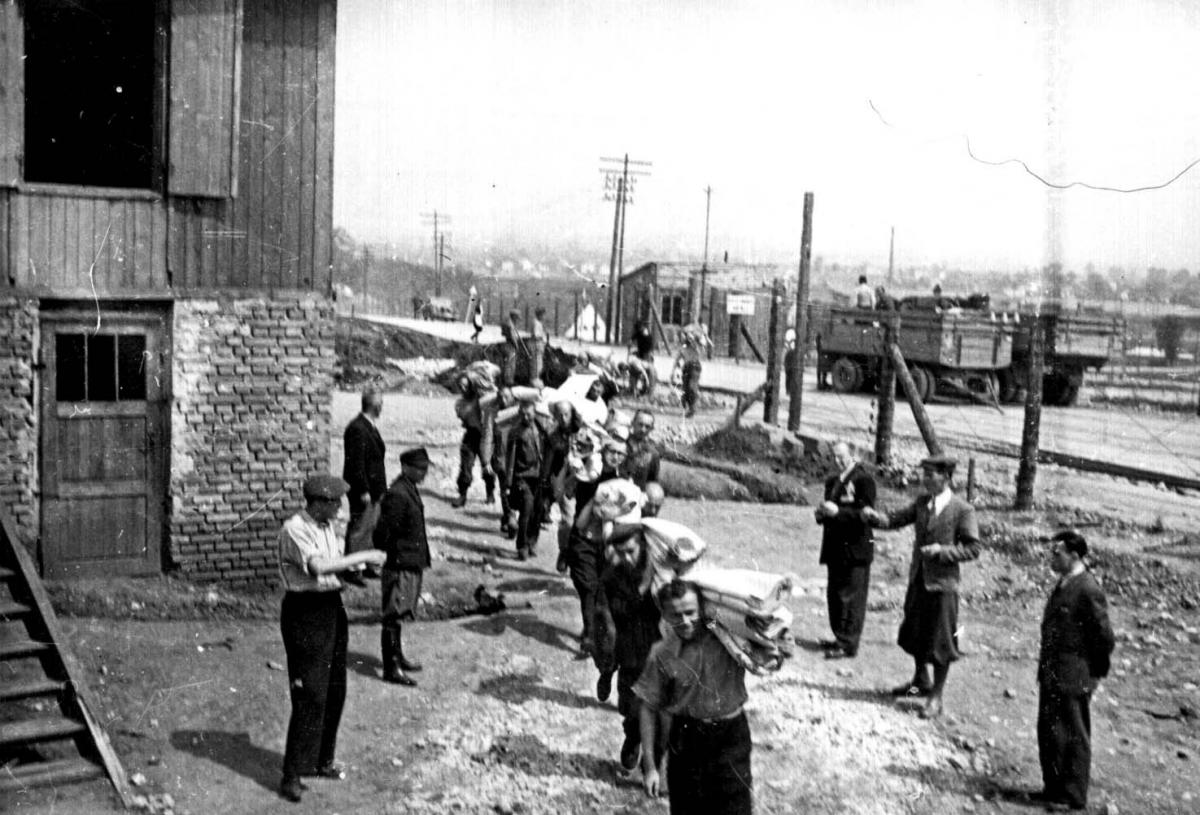
Yad Vashem Photo Archives 16BO4

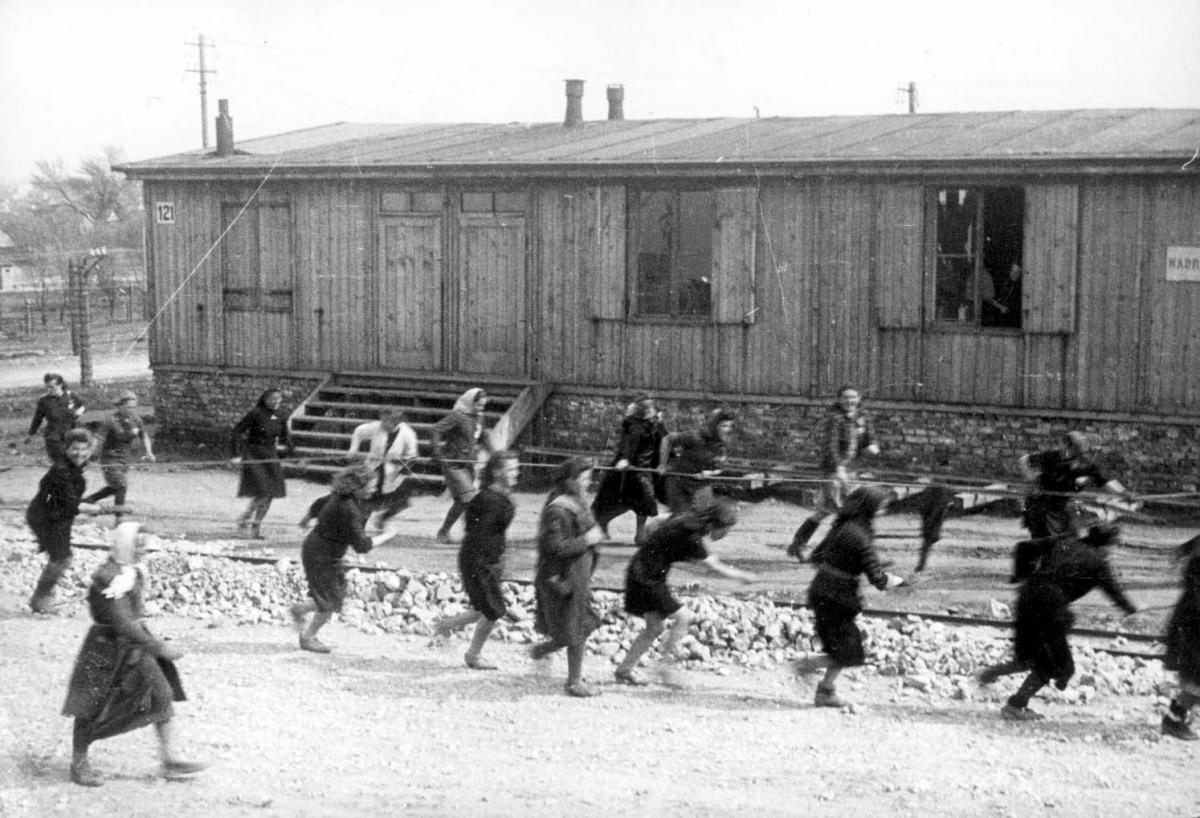
Yad Vashem Photo Archives 4797/66

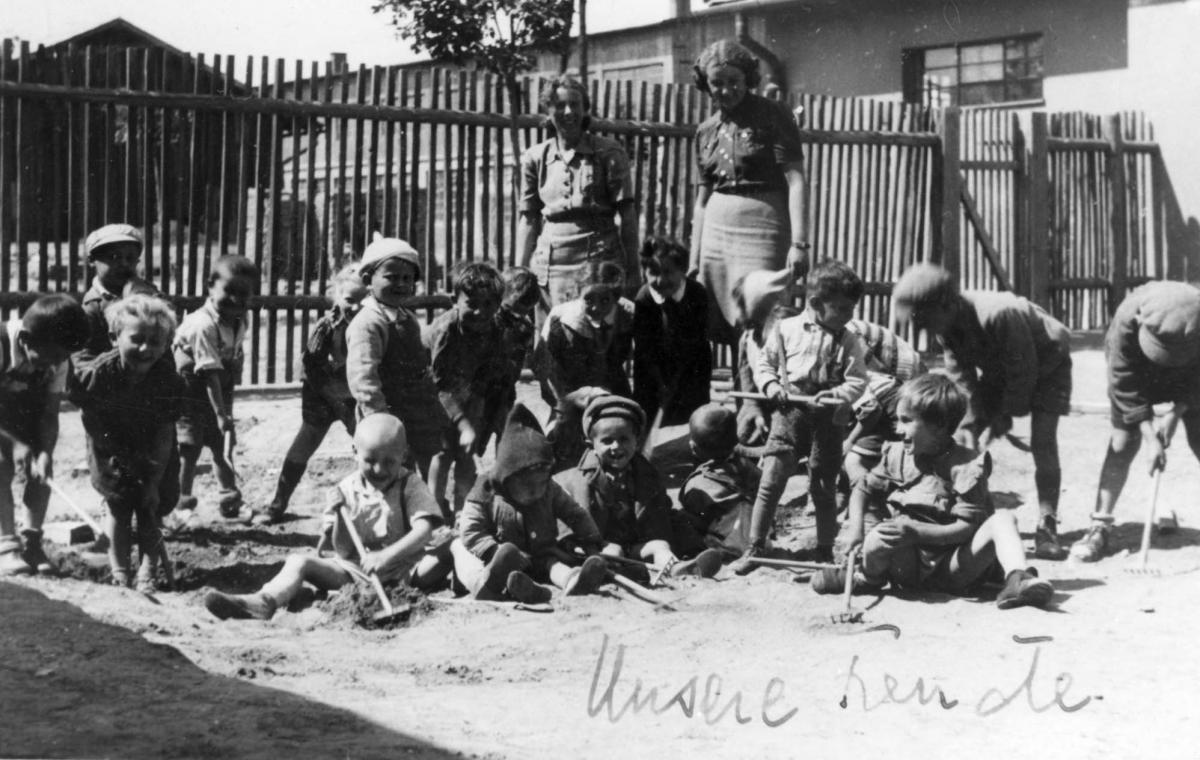
Yad Vashem Photo Archives 3984/11

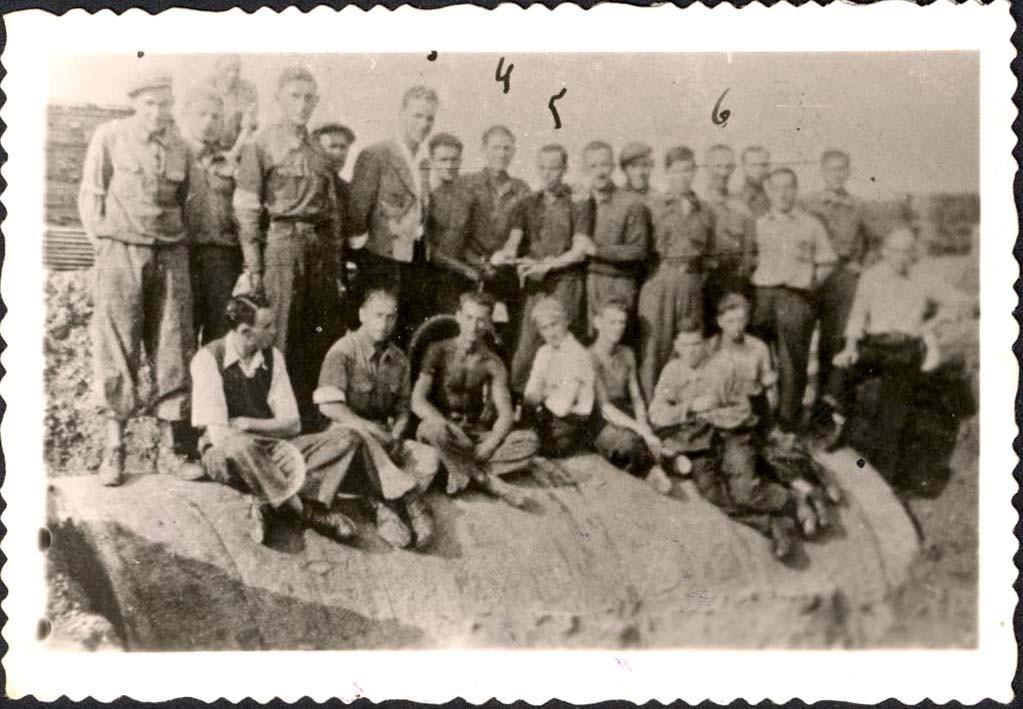
Yad Vashem Photo Archives 78CO8

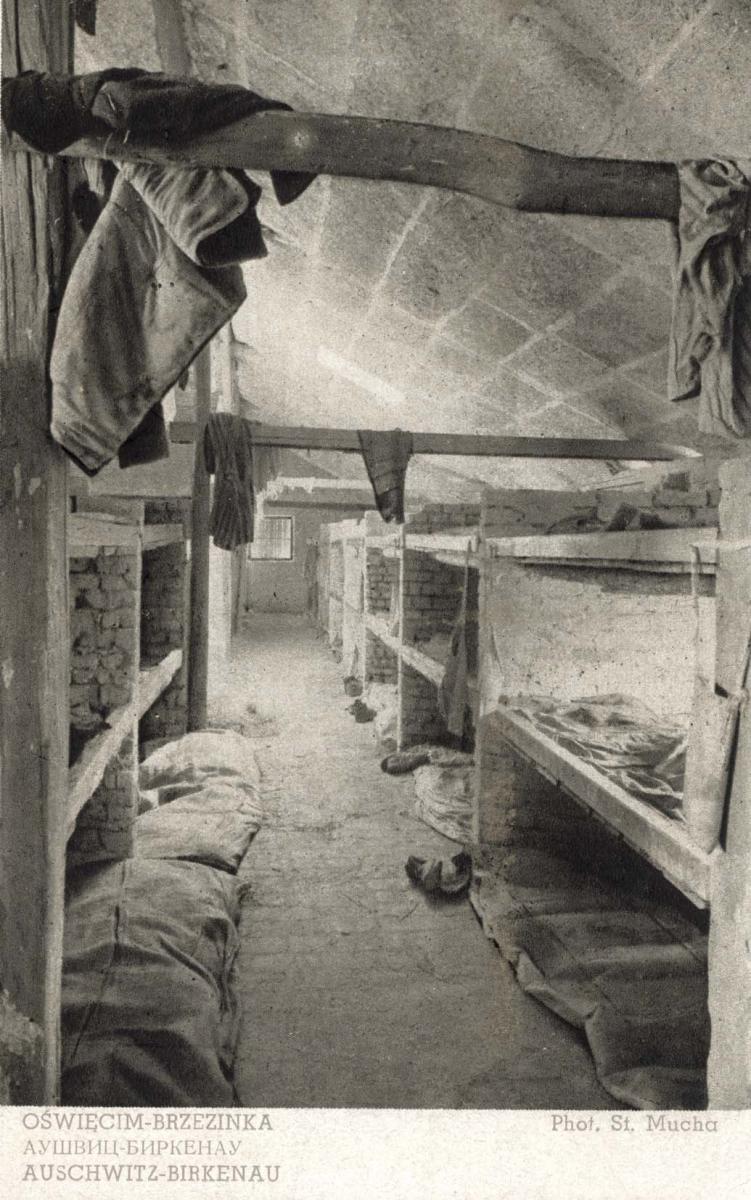
Yad Vashem Photo Archives 2600/2

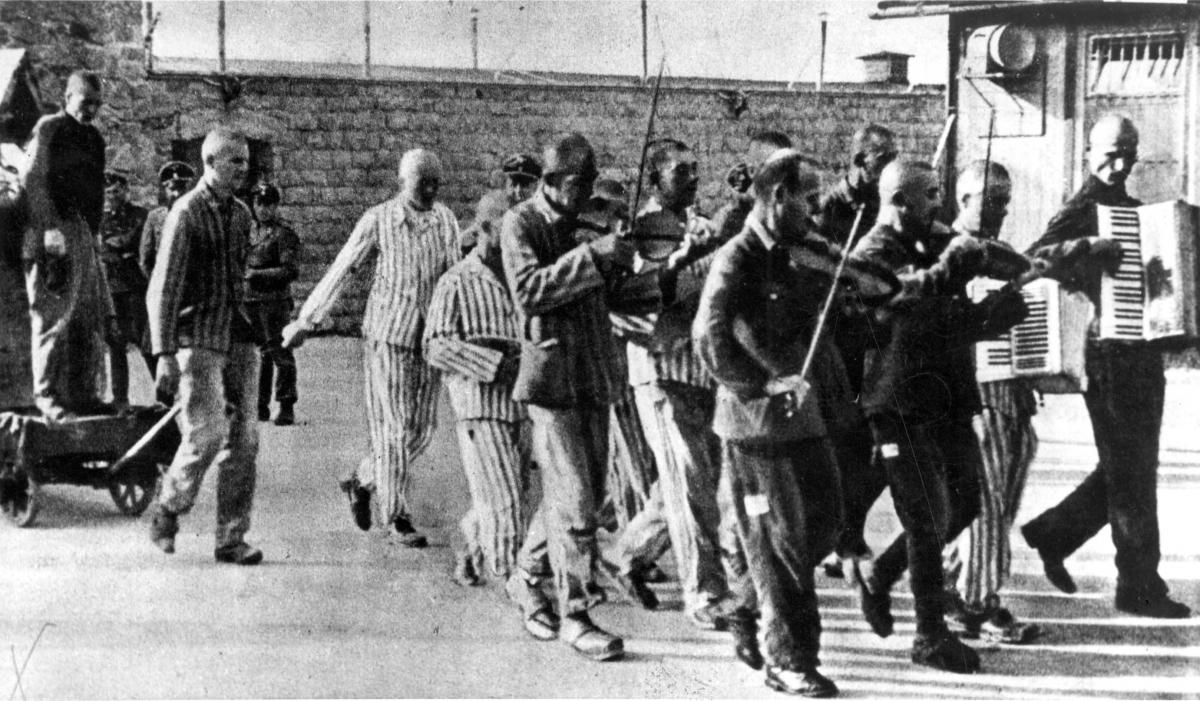
Yad Vashem Photo Archives 2AO7

Yad Vashem Photo Archives 3571/6

Rochman was deported to Auschwitz in 1944, and then transferred to Bergen-Belsen. When the guards discovered that she'd made herself gloves, they beat her, and she perished as a result.
Yad Vashem Artifacts Collection
Donated by Lilli Rochman-Chester, USA


Yad Vashem Artifacts Collection
Donated by Dr. Yisrael Katz, Jerusalem




The links of the necklace depict scenes of daily life in the camp. Szainer was imprisoned in 1941 and gave the necklace to his wife when she visited him. In 1942, Szainer was deported to Auschwitz-Birkenau, where he was murdered.
Yad Vashem Artifacts Collection
Donated by Armand Szainer, USA


Collection of the Yad Vashem Art Museum, Jerusalem
Gift of Mr. Serge Klarsfeld, Paris, and Mr. Alexandre Oler, Nice


Gift of Mary Simenhoff, South Africa
Collection of the Yad Vashem Art Museum


Collection of the Yad Vashem Art Museum, Jerusalem
Gift of the artist


Gift of C. Landmann, Zurich
Collection of the Yad Vashem Art Museum

On March 9, 1933, several weeks after Hitler assumed power, the first organized attacks on German opponents of the regime and on Jews broke out across Germany. Less than two weeks later, Dachau, the first Nazi concentration camp, was opened. Situated near Munich, Dachau became a place of internment for German Jews, Communists, Socialists, and liberals – anyone whom the Reich considered its enemy. It became the model for the network of concentration camps that would be established later by the Nazis.
Nazi Germany exploited the labor of the occupied peoples from the onset of the occupation. More than 14 million people and 2.5 million prisoners of war were transported to Germany for labor.
Jews were enslaved and interned in a far-reaching network of forced-labor camps across Europe, in the Reich itself, in the west and, foremost, in the east. The SS Central Office for Administration and Economy defined the new goal: labor exploitation of concentration camp prisoners, who would be taken to hundreds of labor camps for service on behalf of the German war machine.
Employing the Jews in forced labor did not signify a change in the overall plan of extermination. Economic needs and the prolonging of the war established the need to utilize the Jews as a labor force. However, this was only a temporary setback in the extermination process – extermination by means of merciless forced labor. ‘Extermination by labor’ – as this “compromise” was called between those who called for immediate extermination and those who sought to exploit Jewish labor until their very end.
Despite the Germans’ military reversals and the imminence of the Allied victory, the network of camps continued to operate until the final downfall of the Third Reich and the end of the war. At this stage the last Jews in Europe – apart from a few who were living in hiding under false identities, in the forests and in hideouts, or in the Soviet interior – were incarcerated in concentration and labor camps.





